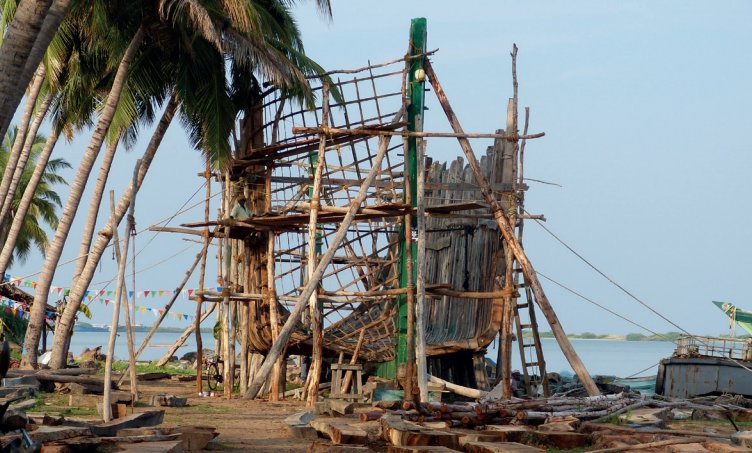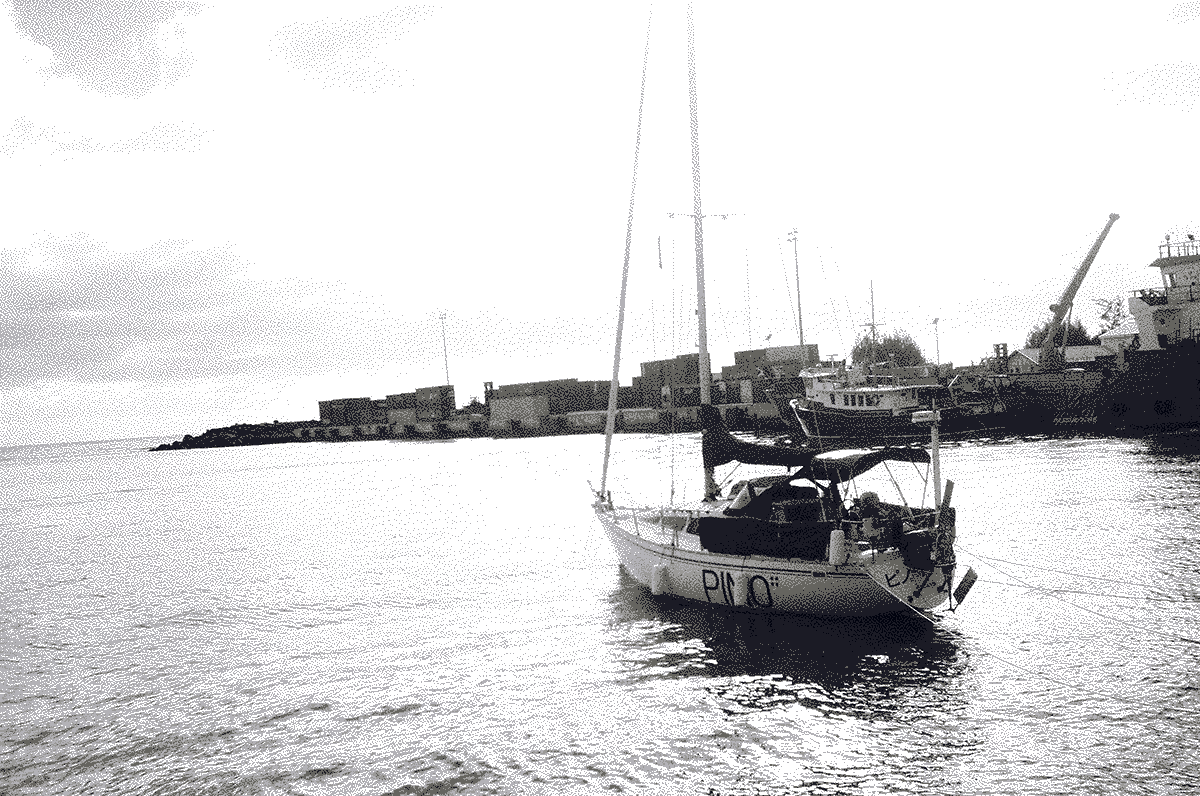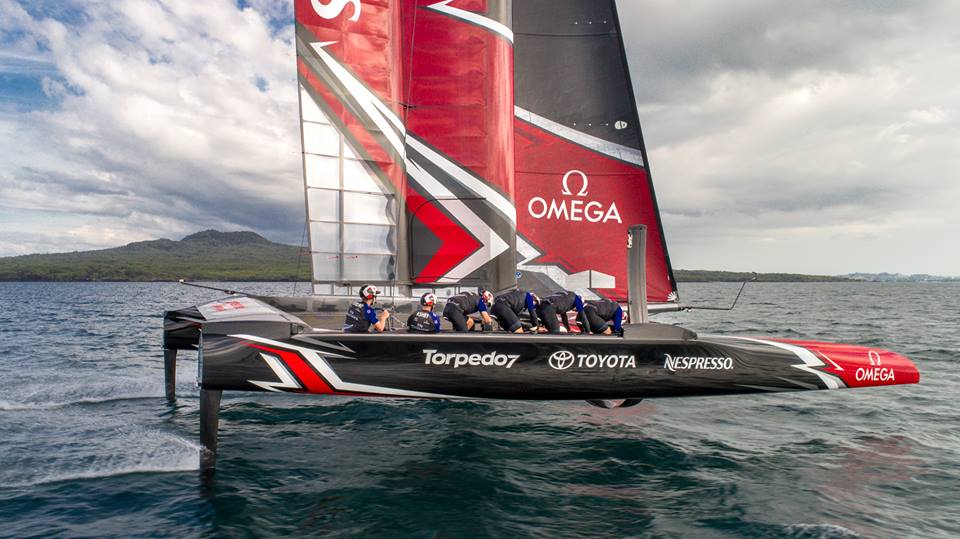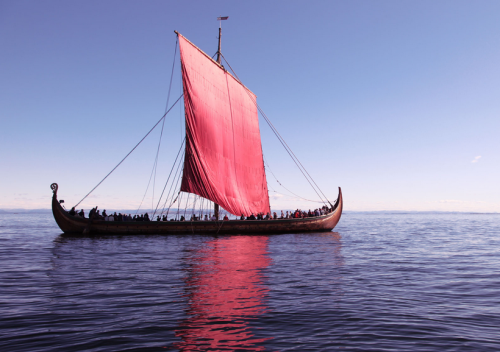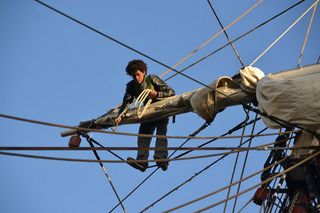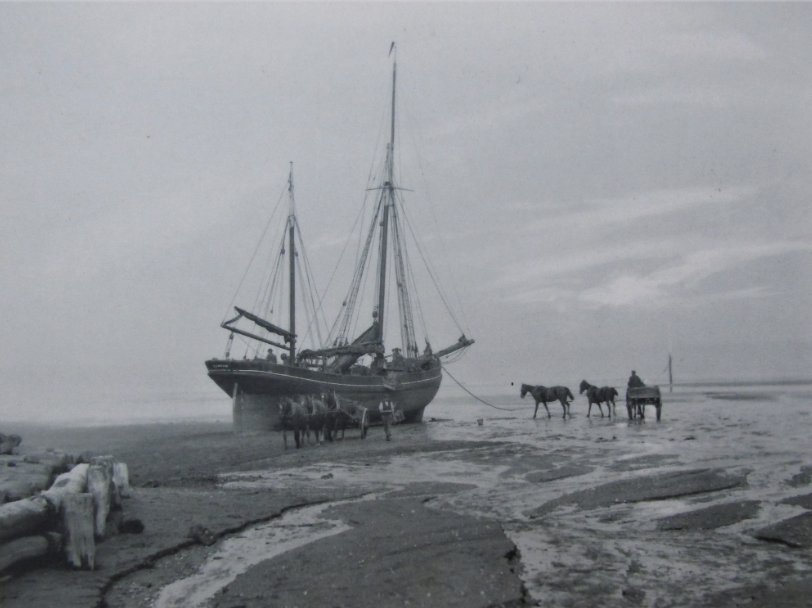
A Collier problem occurs whenever a new technology requires the technology it nominally replaces to function due to efficiency limits. Steam ships replaced sailing ships, but without windjammers the steamships could not function. This led to worldwide exports, paradoxically with large sailing vessels often transporting the coal needed by steamships, as they were more economical to operate on long oceanic sea routes.
Read more: Woods, Steven. “The Collier Problem: Toward a Definition and Application.” Image: Unloading coal from a collier on East Beach in the town of Cromer. Norfolk, England. Image taken on 8 March 1912. Public Domain.
